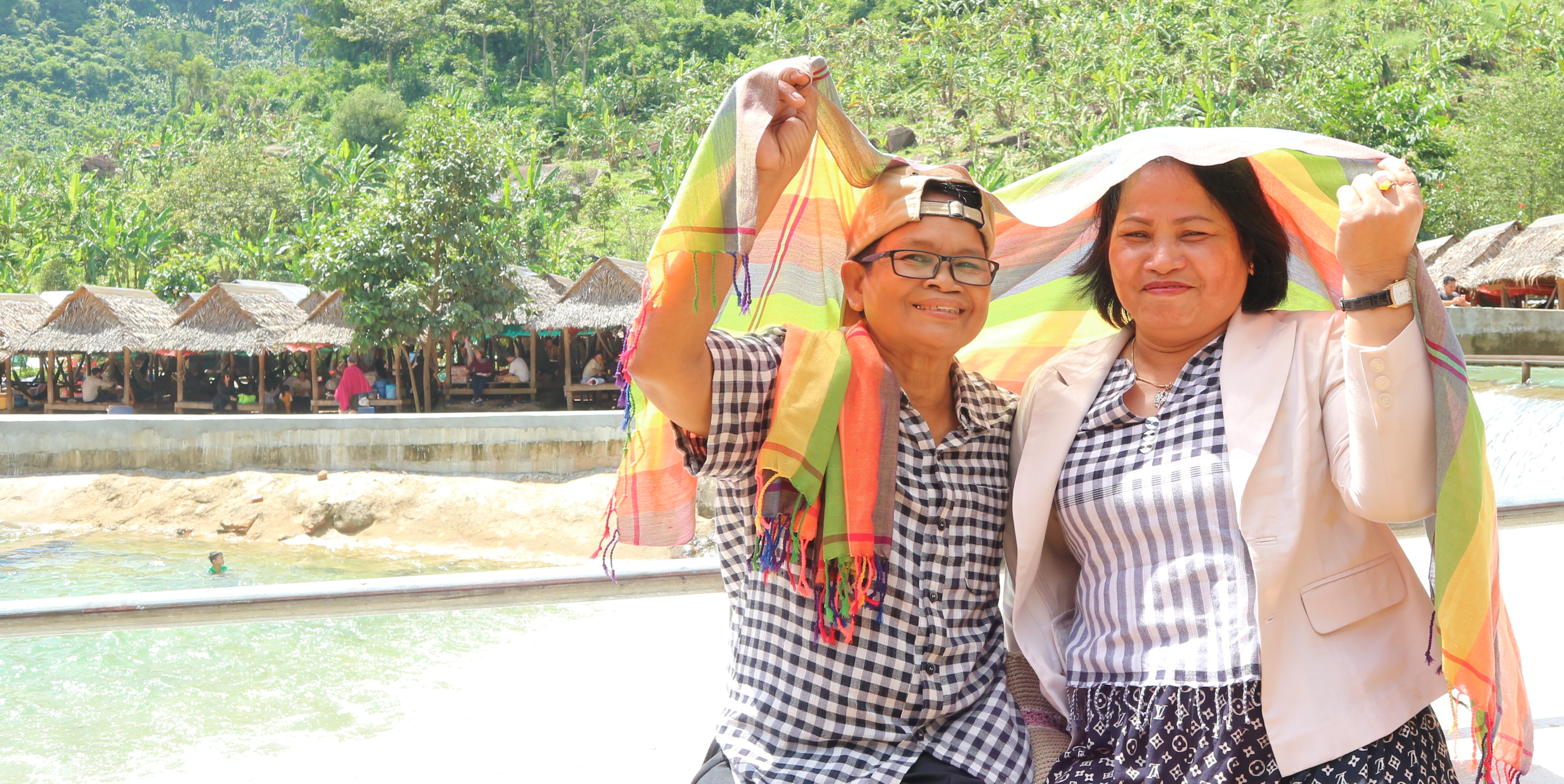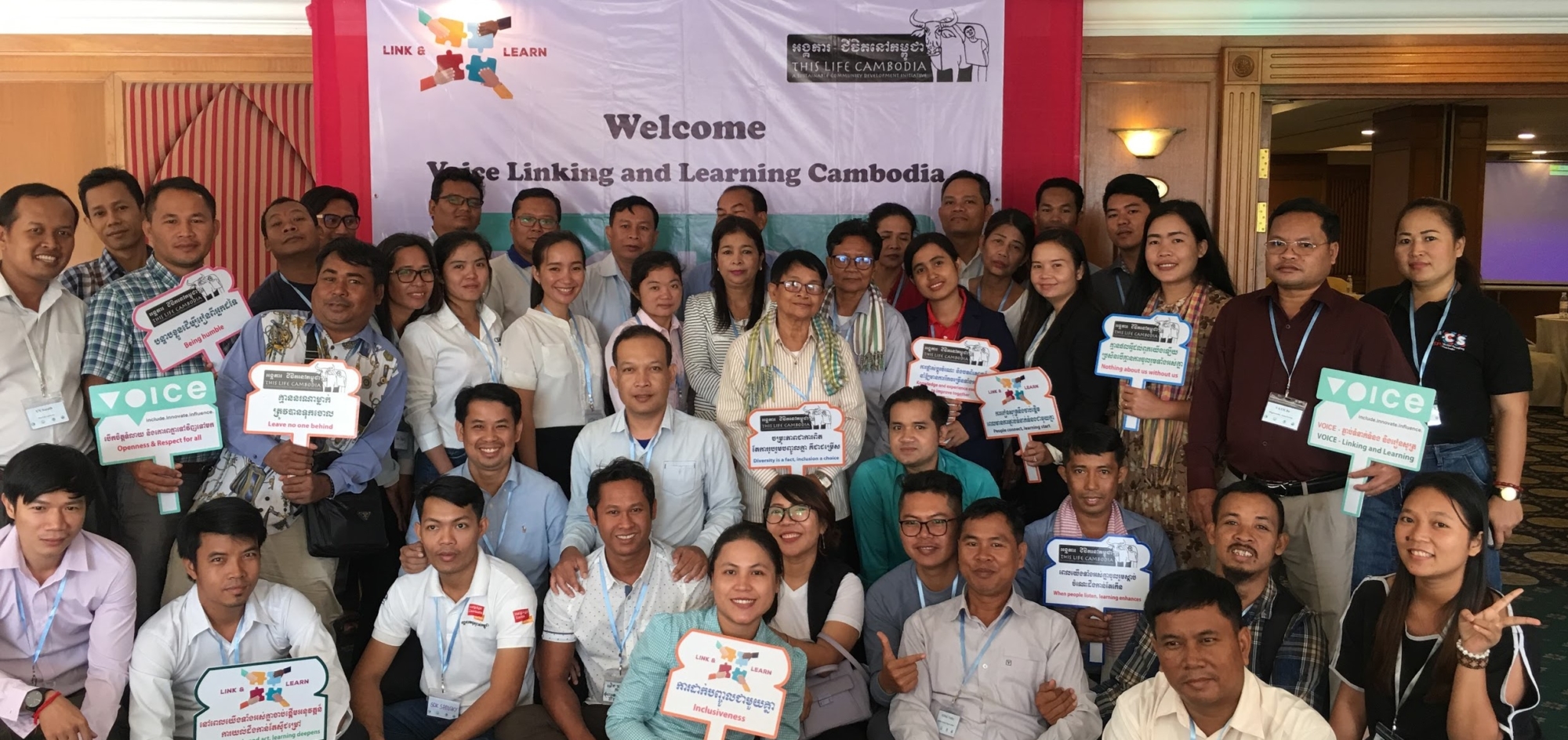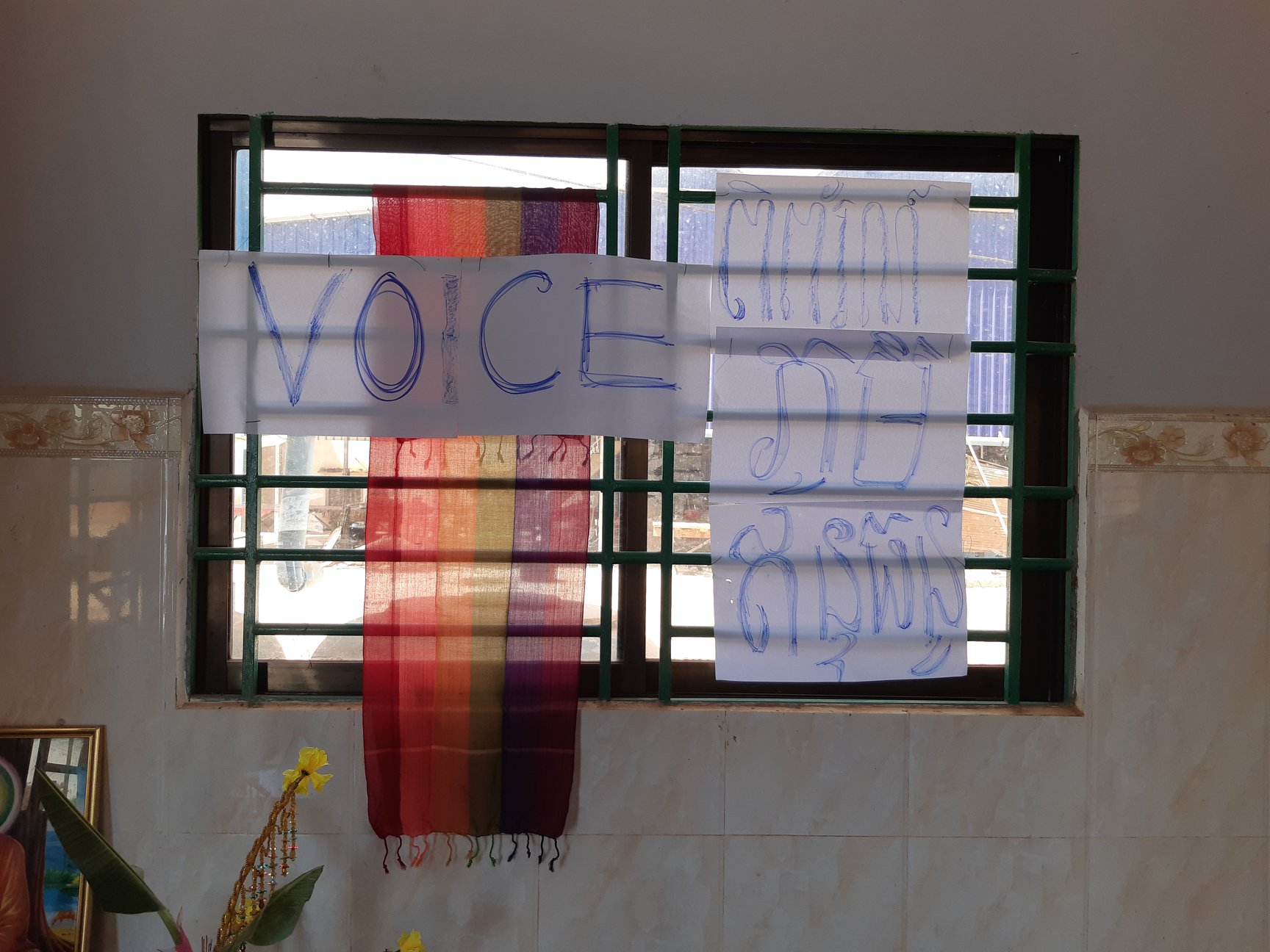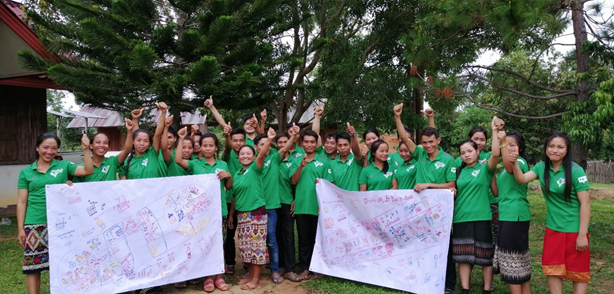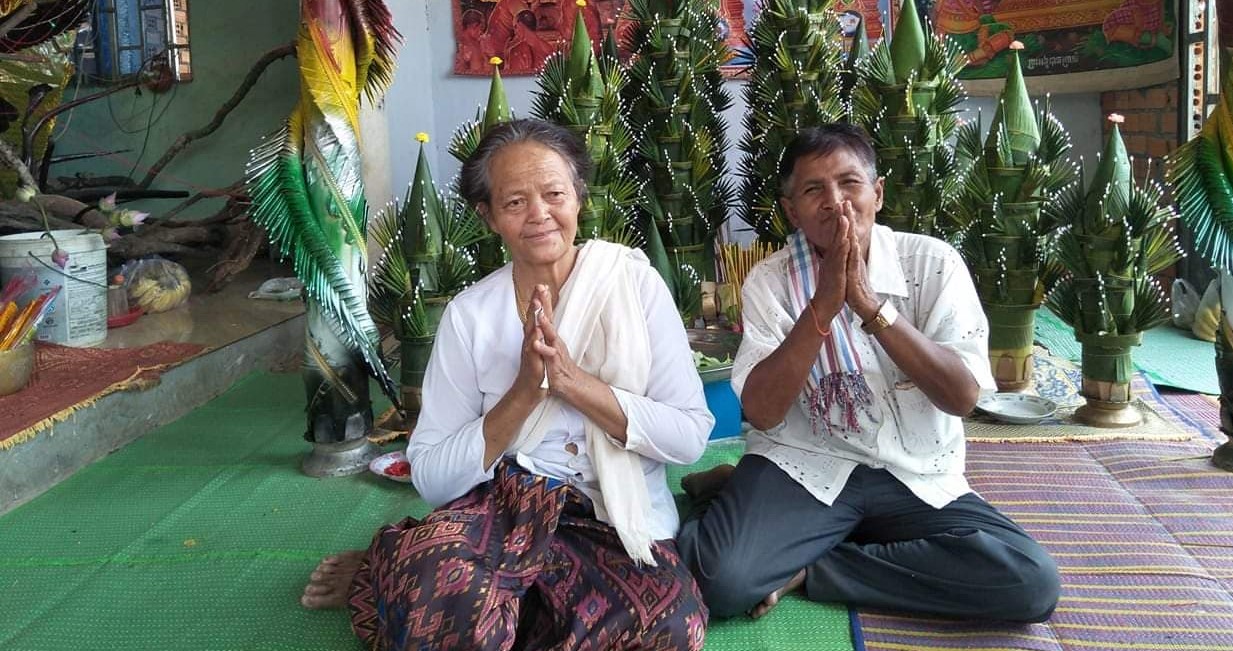My Voice, My Story – A Photo Exhibition
CamASEAN, Cambodia, Voice empowerment grantee.
With special thanks to Srorn Srun and Sophea Pheung

My Voice, My Story is a unique project by CamASEAN, a small Cambodian organisation that advocates for LGBTQI inclusion. It uses participatory photography as a tool for social change. CamASEAN has received an empowerment grant for My Voice, My Story

The project works with largely marginalised and invisible LGBTQI people in Cambodia and since its start in late August 2017 it has already identified over 100 LGBTQI couples mainly in rural areas to help document their stories.

Photo stories are displayed at a permanent exhibition space, people”s homes or during events in various locations in Cambodia.

The innovation of this project lies in the fact that the exhibitions are organised by LGBTQI couples themselves who then offer to train others to do the same in a different area. Thus , it becomes a “traveling” exhibition.

The other innovative element is that elderly LGBTQI couples get trained (and then train others) on using social media from a smart phone. This includes livestreaming the exhibition talks on Facebook as well as messenger to mass announce the exhibits..
“I am so proud that i can share my life story through technology and just couples photos and short captures can change mindset of Khmer people to understand,accept, protect and support us as homosexual people. And more than that i can be part of advocate to stop hate and defend love.”

Some couples open up their homes as an exhibition space over the course of two days offering an intimate view of their lives.

The exhibitions are accompanied by talks and also use traditional music and theatre to engage the audience in a meaningful dialogue.

Not only people’s homes, but also temples are used as exhibition spaces.

The main goal of the project is to raise awareness about and acceptance of this marginalised group in Cambodia, showing mainstream society that LGBTI couples lead “normal” lives. This way they can advocate for their rights and gain better access to health and social services.

Every exhibition attracts between 100-500 people over the course of two days, including in some cases participation by local authorities. This increases acceptance at local level, which is crucial to enhancing safety at local level for LGBTQI couples.

The visual narratives are also disseminated on social media to target wider audiences online.

It is hoped that this type of advocacy inspires other marginalised communities within the entire ASEAN region to stand up for their rights.

With special thanks to Srorn Srun and Sophea Pheung

